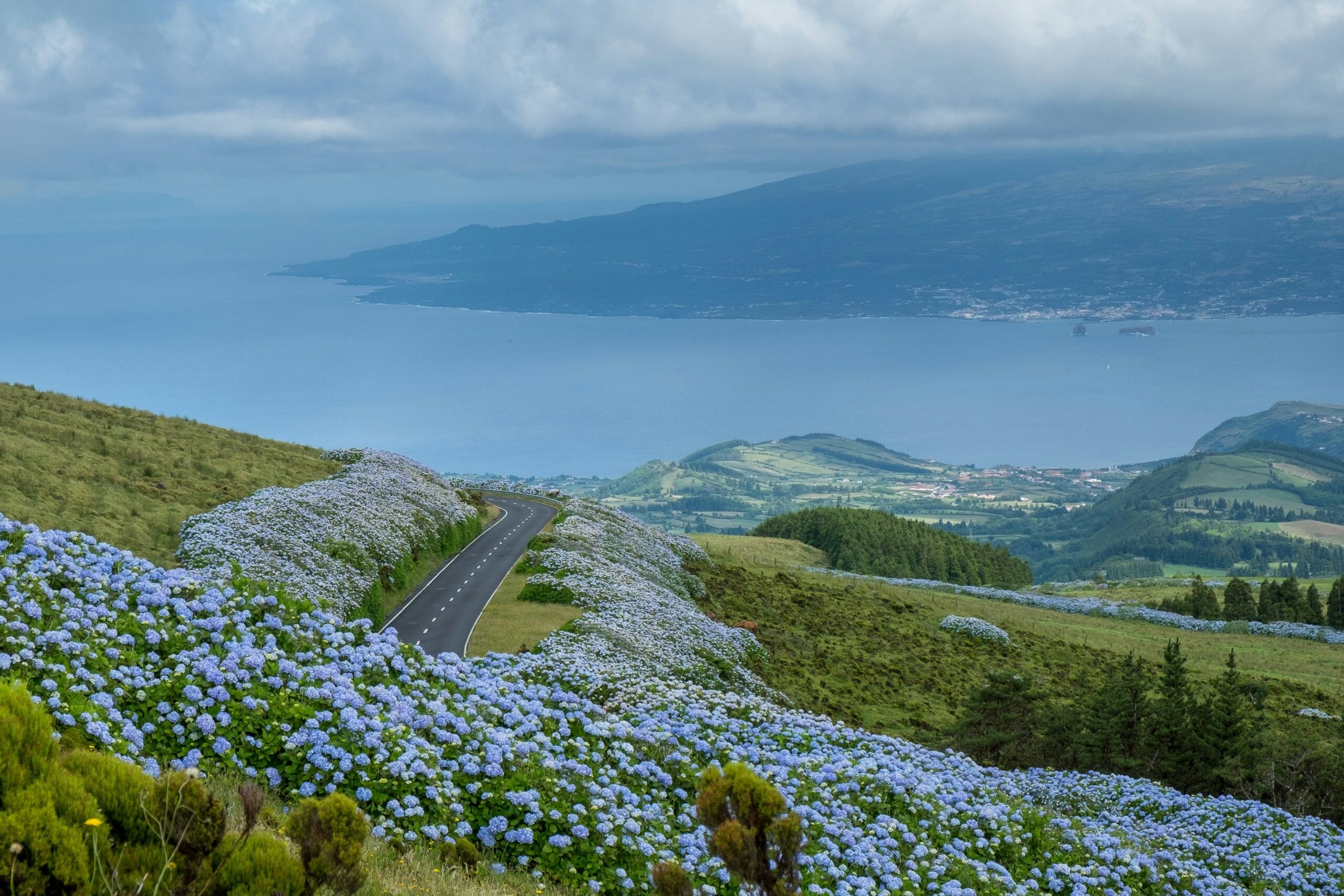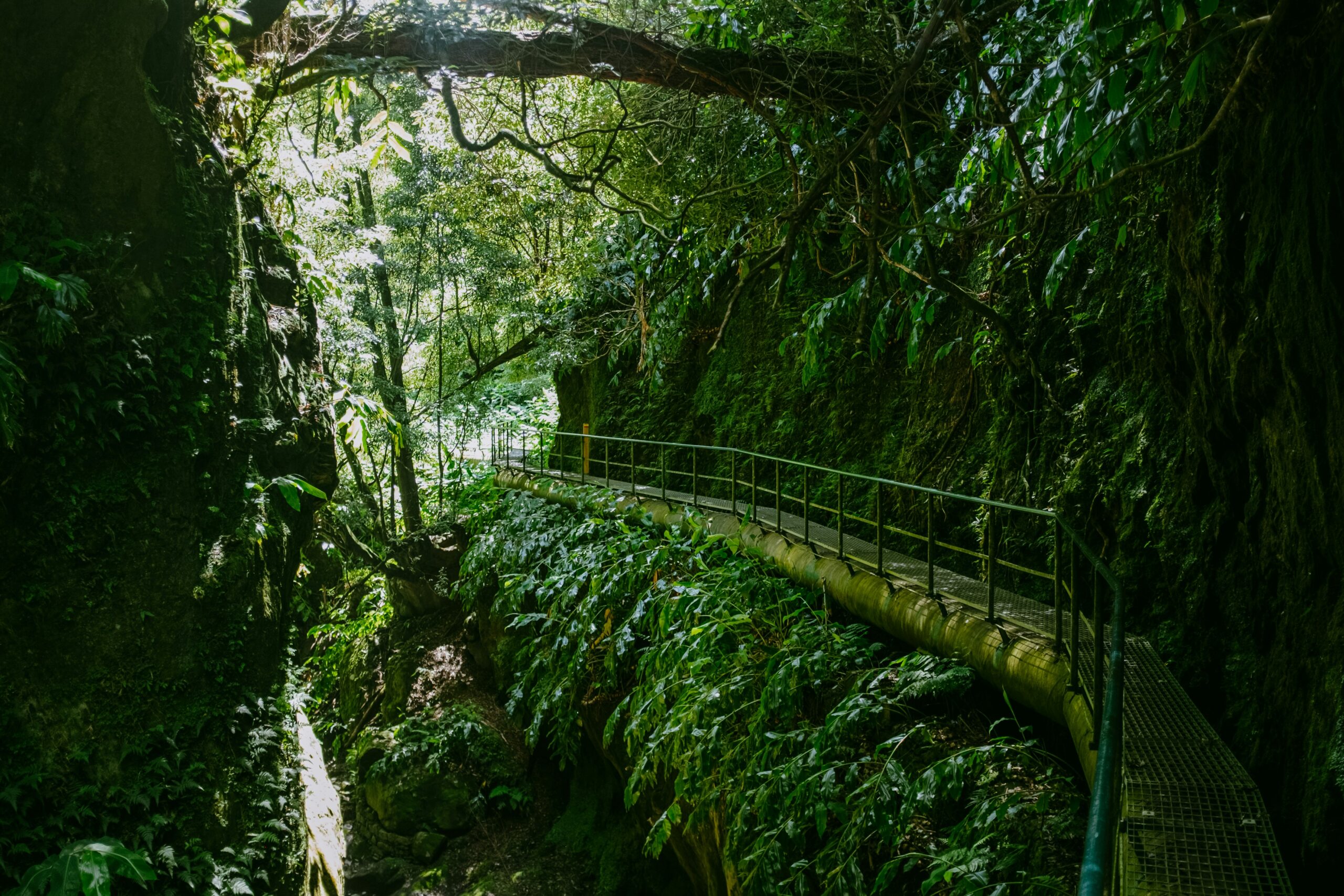The Azores, a Portuguese archipelago in the North Atlantic Ocean, represent one of Europe's most stunning and underrated destinations. Comprising nine volcanic islands, the Azores are renowned for their dramatic landscapes, vibrant culture, lush greenery, and geothermal wonders. Each island offers something unique, but for first-time visitors, São Miguel, Faial, and Pico provide the perfect blend of natural beauty and cultural richness. This 12-day Azores itinerary is designed to help you explore the leading attractions whilst experiencing the authentic charm of these remarkable islands.
Why Visit the Azores?
Unlike many crowded European destinations, the Azores remain peaceful and relatively untouched. The islands are perfect for travellers who appreciate hiking, nature, marine life, and authentic local experiences. Thanks to their remote location, the Azores have preserved their natural magnificence and traditional way of life. You'll discover crater lakes, hot springs, volcanic peaks, waterfalls, and black sand beaches—all without the tourist congestion of mainland hotspots.

The Azores are also a pioneer in sustainable tourism, having been designated as a UNESCO Global Geopark. This recognition highlights the islands' commitment to preserving their unique geological heritage whilst welcoming responsible visitors. The volcanic origin of the islands creates a landscape unlike anywhere else in Europe, with opportunities for geothermal bathing, volcanic cave exploration, and witnessing the raw power of nature in a safe, accessible environment.
When to Visit
The best times to visit the Azores are in spring (April to June) and early autumn (September to October). These seasons offer mild weather, fewer tourists, and more reasonable prices. Summer is popular and lively with festivals and longer days, but accommodation can be more expensive and in higher demand. Winter brings cooler weather and more rain, but the islands remain lush and inviting. No matter the season, always pack layers and rain gear—weather can change quickly in the Azores.
Days 1–3: São Miguel – The Green Island
Begin your adventure on São Miguel, the largest island and home to the capital, Ponta Delgada. Start your exploration with Sete Cidades, a breathtaking twin-lake crater surrounded by magnificent viewpoints. The contrast between the blue and green lakes creates one of the most photographed scenes in Portugal. Lagoa do Fogo offers incredible hiking and panoramic views, whilst the challenging trail rewards visitors with pristine natural beauty.
Visit the geothermal town of Furnas, where you'll enjoy the Terra Nostra hot springs and taste cozido, a local stew cooked underground using volcanic heat. This unique culinary experience showcases the islands' ability to harness natural geothermal energy for everyday life. Don't miss Gorreana Tea Plantation, Europe's oldest tea plantation, where you can learn about traditional tea production methods that have remained unchanged for generations.
Planning your stay? Find the perfect accommodation through our affiliate partnerships to support our travel guides whilst securing the best deals for your Azores adventure.
Days 4–5: Faial – The Blue Island
Fly to Faial, a small island known for its maritime history and dramatic volcanic landscape. Explore Horta's marina, filled with colourful murals painted by passing sailors—a tradition that has continued for decades. Visit Peter Café Sport, a legendary gathering point for transatlantic yachtsmen and a must-visit destination for any maritime enthusiast.

Journey to Capelinhos Volcano, formed during the 1957 eruption, and learn about its history at the Interpretation Centre. This relatively recent volcanic activity provides fascinating insights into the ongoing geological processes that continue to shape the Azores. The Caldeira hike offers sweeping views of the island from the rim of a massive volcanic crater, showcasing the raw power that created these remarkable islands.
Days 6–8: Pico – The Mountain Island
A brief ferry ride brings you to Pico, home to Portugal's highest mountain, Mount Pico. If you're fit and adventurous, climb the mountain—it's a challenging but rewarding trek that offers unparalleled views across the archipelago. Otherwise, explore the island's UNESCO-protected vineyards, where grapes are grown in lava rock enclosures called "currais," creating a unique winemaking tradition.
Whale watching is a must-do activity; the waters around Pico are among the finest in Europe for spotting whales and dolphins. The deep Atlantic waters attract various species throughout the year, making it a world-class destination for marine wildlife enthusiasts. Enjoy local seafood, swim in natural lava pools, and admire the traditional stone houses that dot the landscape.
Days 9–10: Return to Faial
Return to Faial for two days of relaxation and exploration. Spend time at Praia do Almoxarife, a black sand beach with views of Mount Pico across the channel. Visit the Scrimshaw Museum, walk through Horta's historic streets, or kayak along the coast. This is also a great time to revisit your favourite places or take a scenic drive through the island's interior, discovering hidden viewpoints and traditional villages.
Days 11–12: São Miguel – Final Highlights
Fly back to São Miguel for your final two days. Explore anything you missed—perhaps the Nordeste region, with its lush forests and isolated lighthouses, or Ribeira Grande's artisan shops and charming architecture. Visit Caldeira Velha for a final soak in a warm waterfall-fed pool, surrounded by tropical vegetation that thrives in the geothermal environment.
On your final night, enjoy a seafood dinner at a coastal restaurant whilst watching the sunset over the Atlantic. This moment of reflection provides the perfect conclusion to your Azores adventure, with memories of volcanic landscapes, warm hospitality, and natural wonders that will last a lifetime.
Top Beaches to Visit
The Azores aren't traditional beach destinations, but the islands boast several picturesque and swimmable shores. Praia Formosa on Santa Maria is one of the few golden sand beaches in the archipelago, offering a tropical feel reminiscent of more distant destinations. Praia dos Moinhos on São Miguel features black volcanic sand and excellent surf conditions for those seeking aquatic adventures.
On Faial, Praia do Almoxarife is a local favourite with facilities and stunning views of Pico across the water. The contrast between the dark volcanic sand and the blue Atlantic creates a striking visual experience. Pico offers smaller, rocky beach areas perfect for sunbathing and snorkelling, where crystal-clear waters reveal the volcanic underwater landscape.
Must-Try Foods and Drinks
Azorean cuisine is hearty, fresh, and strongly tied to local ingredients. Try the cozido das Furnas, grilled limpets (lapas), fresh tuna steaks, and queijadas (sweet cheese pastries). São Jorge cheese is famous throughout Portugal and pairs perfectly with Azorean wine, especially from Pico's volcanic vineyards where the unique terroir creates distinctive flavours.
Local pineapples, grown in greenhouses, are small and incredibly sweet, representing the islands' ability to cultivate tropical fruits in a temperate climate. Don't forget to try passion fruit liqueur and locally brewed craft beer, which often incorporate unique local ingredients and traditional brewing methods passed down through generations.
Getting Around
Car rentals are essential on São Miguel and highly recommended on Pico and Faial for flexibility and access to remote areas. Roads are generally in excellent condition, but expect narrow lanes in rural areas where centuries-old stone walls line the pathways. Inter-island flights are quick and relatively affordable if booked early, connecting the main islands efficiently.
Ferries operate frequently between Faial, Pico, and São Jorge, offering scenic journeys with opportunities to spot marine life. While public transportation exists, it's limited and not suitable for comprehensive exploration. Having your own transport allows you to discover hidden gems and follow your own schedule.
Essential Travel Tips
- Always carry a rain jacket—weather changes rapidly in the Atlantic climate
- Credit cards are accepted in most places, but keep some cash for small villages
- English is spoken widely in tourist areas, though learning basic Portuguese phrases is appreciated
- Download offline maps in case signal drops in rural areas
- Book accommodation and inter-island travel in advance during peak season
- Consider travel insurance that covers weather-related delays
Sustainability and Responsible Tourism
The Azores are a UNESCO Global Geopark and promote sustainable tourism practices. Stay on marked trails, avoid disturbing wildlife, and support local businesses whenever possible. Use refillable bottles, reduce single-use plastics, and stay in eco-certified accommodations when available. The islands depend on responsible travellers to preserve their unique ecosystem and culture for future generations.
The volcanic nature of the islands means that ecosystems are particularly fragile and unique. Many species found in the Azores exist nowhere else on Earth, making conservation efforts crucial. By choosing local guides, eating at family-run restaurants, and purchasing locally-made products, visitors contribute directly to the islands' sustainable development.
Hidden Gems and Lesser-Known Experiences
Beyond the main attractions, the Azores offer countless hidden treasures waiting to be discovered. Secret natural swimming pools carved into volcanic rock, abandoned thermal springs accessible only by hiking trails, and traditional festivals celebrated in small villages provide authentic experiences away from typical tourist routes. These off-the-beaten-path adventures often create the most memorable moments of any Azores journey.
Consider visiting during local festivals such as the Holy Spirit celebrations, where entire communities come together in colourful processions and traditional feasts. These events, deeply rooted in Azorean culture, offer visitors genuine insights into island life and the strong sense of community that defines these remarkable islands.
Photography and Natural Wonders
The Azores present photographers with endless opportunities to capture unique landscapes and natural phenomena. From the otherworldly beauty of crater lakes reflecting volcanic peaks to the dramatic contrast of black sand beaches against emerald hillsides, every corner offers a potential masterpiece. The islands' position in the Atlantic also provides exceptional opportunities for sunset and sunrise photography, with unobstructed horizons creating spectacular light shows.
Professional photographers often visit specifically to document the islands' geothermal features, including natural hot springs, fumaroles, and volcanic formations. The combination of subtropical vegetation thriving in volcanic soil creates compositions impossible to find elsewhere in Europe, making the Azores a bucket-list destination for nature photography enthusiasts.
Estimated Budget
Here's a comprehensive budget breakdown for a 12-day trip to help you plan your Azores adventure:
Budget considerations vary significantly depending on travel style, with options ranging from budget-friendly guesthouses to luxury resorts. Peak season (July-August) typically sees 20-30% higher prices, whilst shoulder seasons offer excellent value with pleasant weather and fewer crowds.
Conclusion
This 12-day Azores itinerary blends adventure, culture, and relaxation across three of the most beautiful islands in the Atlantic. From volcanic hikes and natural hot springs to delicious cuisine and ocean views, each day brings something unique and memorable. Whether you're a solo traveller, couple, or family, the Azores offer a profound and unforgettable experience that will leave you planning your return visit before you've even departed.
The islands' combination of natural wonders, cultural authenticity, and warm hospitality creates a travel experience that goes far beyond typical European destinations. Take your time, respect the land, and embrace the journey—the Azores will reward you with memories that last a lifetime and a deep appreciation for one of Europe's best-kept secrets.
For more travel inspiration and booking assistance, visit our comprehensive travel resource or explore additional destinations through our carefully curated travel guides. For official tourism information and current travel advisories, consult the Visit Portugal – The Azores ">official Visit Portugal website.

